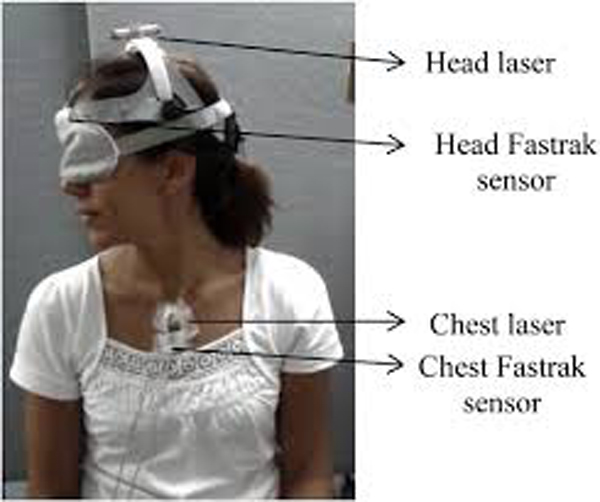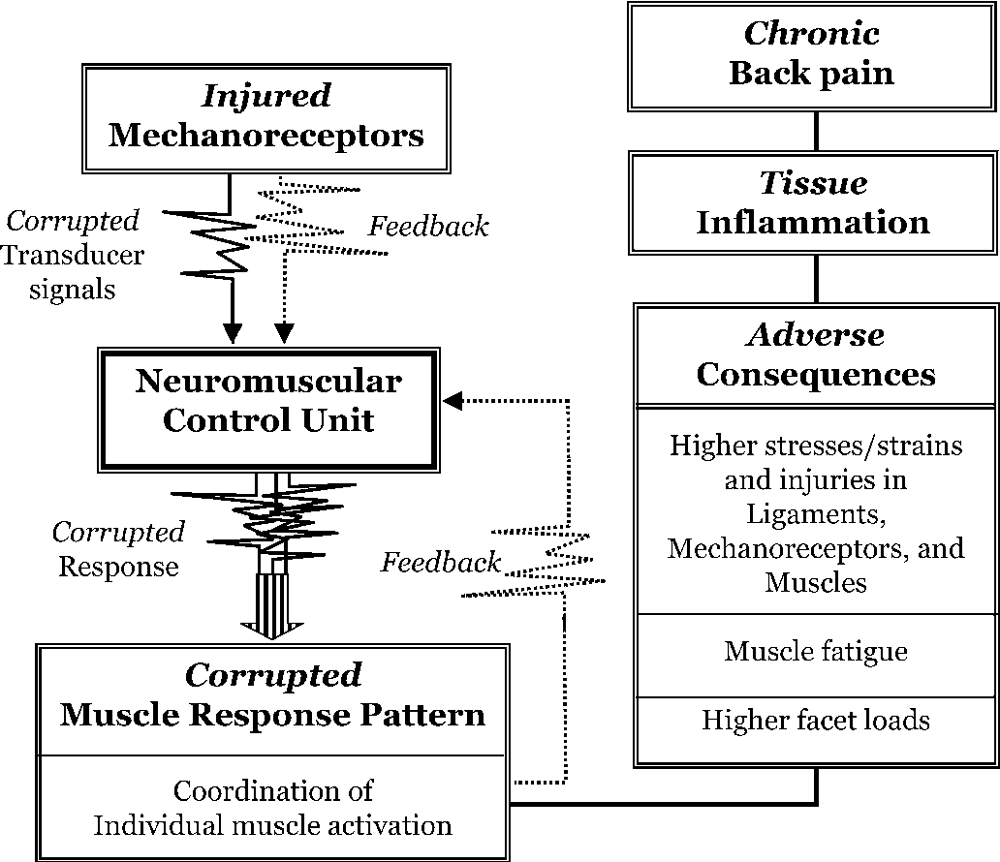Joint Position Sense Error in People With Neck Pain
Joint Position Sense Error in People With Neck Pain: A Systematic Review
SOURCE: Man Ther. 2015 (Dec); 20 (6): 736–744
J. de Vries, B.K. Ischebeck, L.P. Voogt, J.N. van der Geest, M. Janssen, M.A. Frens, G.J. Kleinrensink
Department of Neuroscience,
Erasmus MC, P.O. Box 2040,
3000 CA Rotterdam,
The Netherlands
BACKGROUND: Several studies in recent decades have examined the relationship between proprioceptive deficits and neck pain. However, there is no uniform conclusion on the relationship between the two. Clinically, proprioception is evaluated using the Joint Position Sense Error (JPSE), which reflects a person’s ability to accurately return his head to a predefined target after a cervical movement.
OBJECTIVES: We focused to differentiate between JPSE in people with neck pain compared to healthy controls.
STUDY DESIGN: Systematic review according to the PRISMA guidelines.
METHOD: Our data sources were Embase, Medline OvidSP, Web of Science, Cochrane Central, CINAHL and Pubmed Publisher. To be included, studies had to compare JPSE of the neck (O) in people with neck pain (P) with JPSE of the neck in healthy controls (C).
RESULTS/FINDINGS: Fourteen studies were included. Four studies reported that participants with traumatic neck pain had a significantly higher JPSE than healthy controls. Of the eight studies involving people with non-traumatic neck pain, four reported significant differences between the groups. The JPSE did not vary between neck-pain groups.
There are more articles like this @ our:


